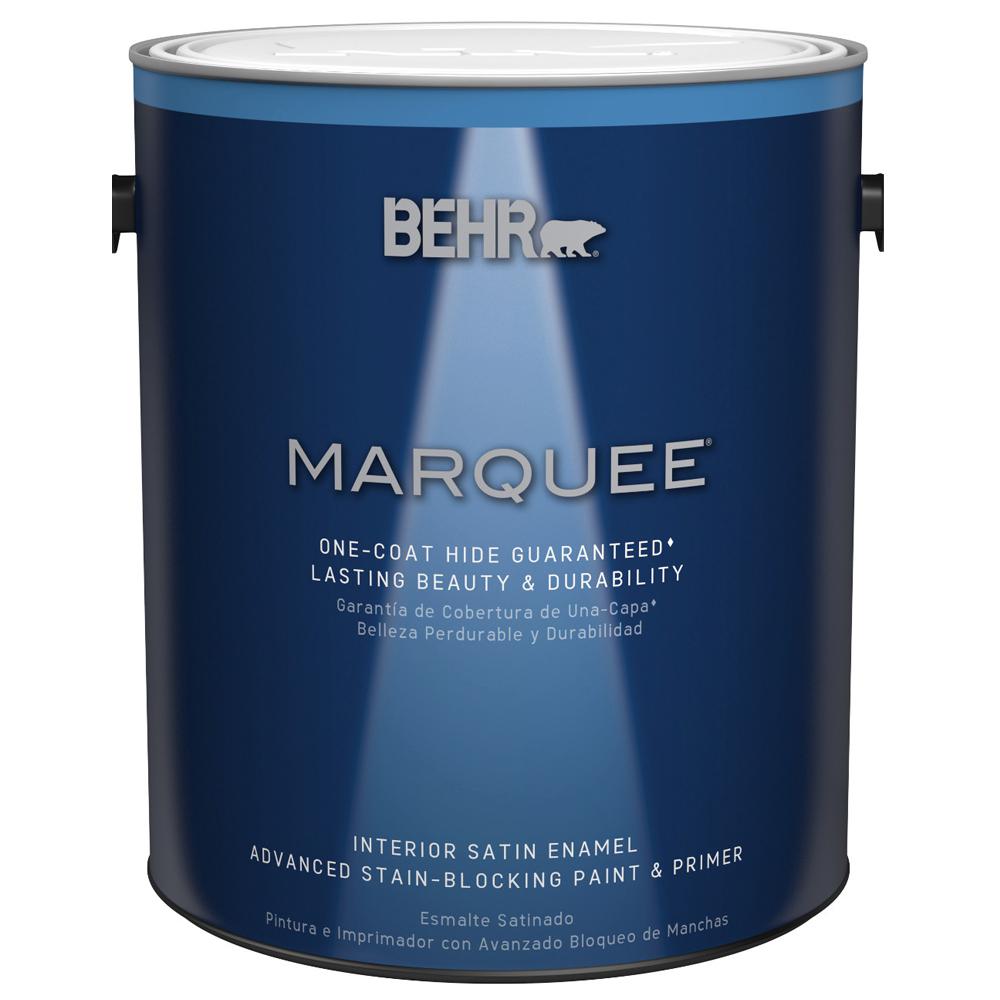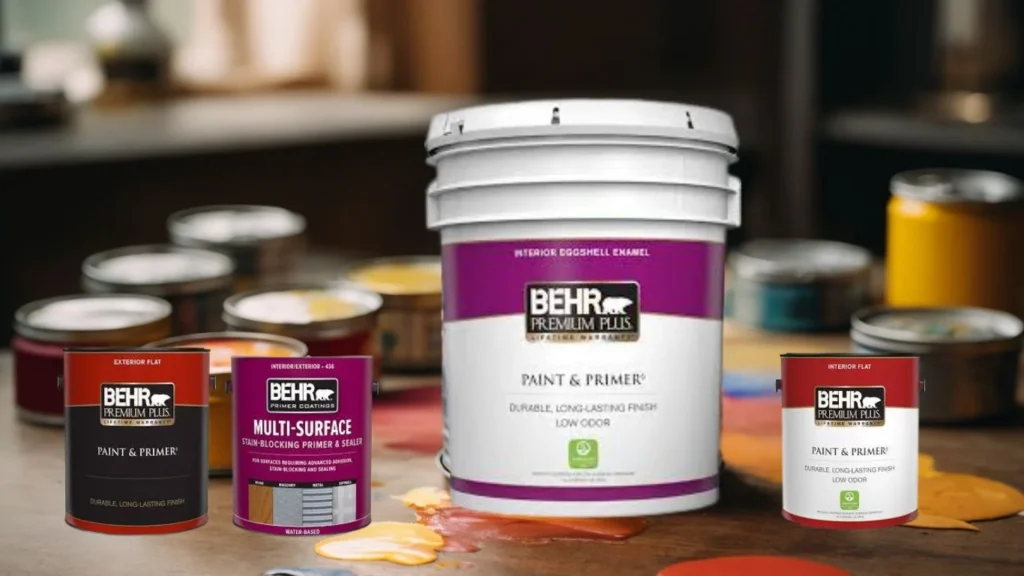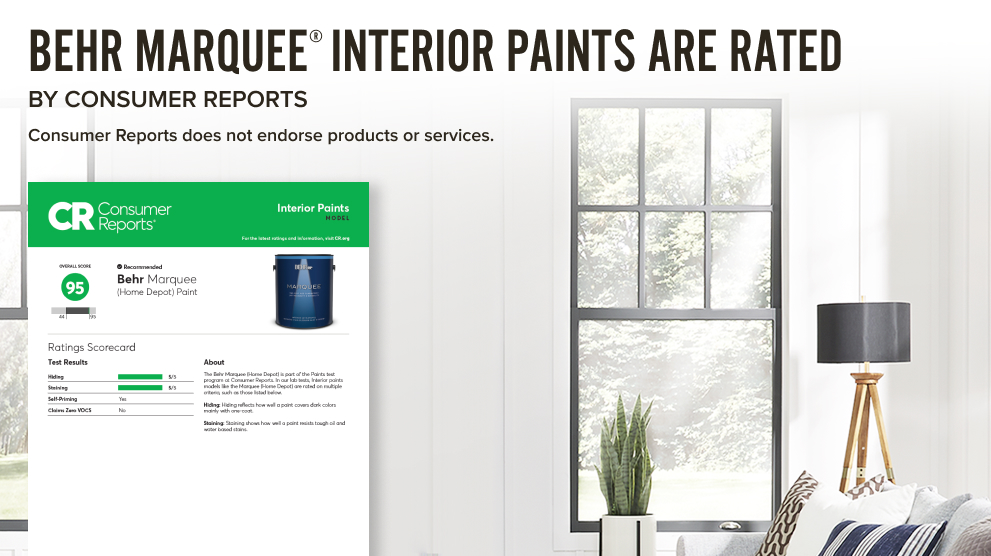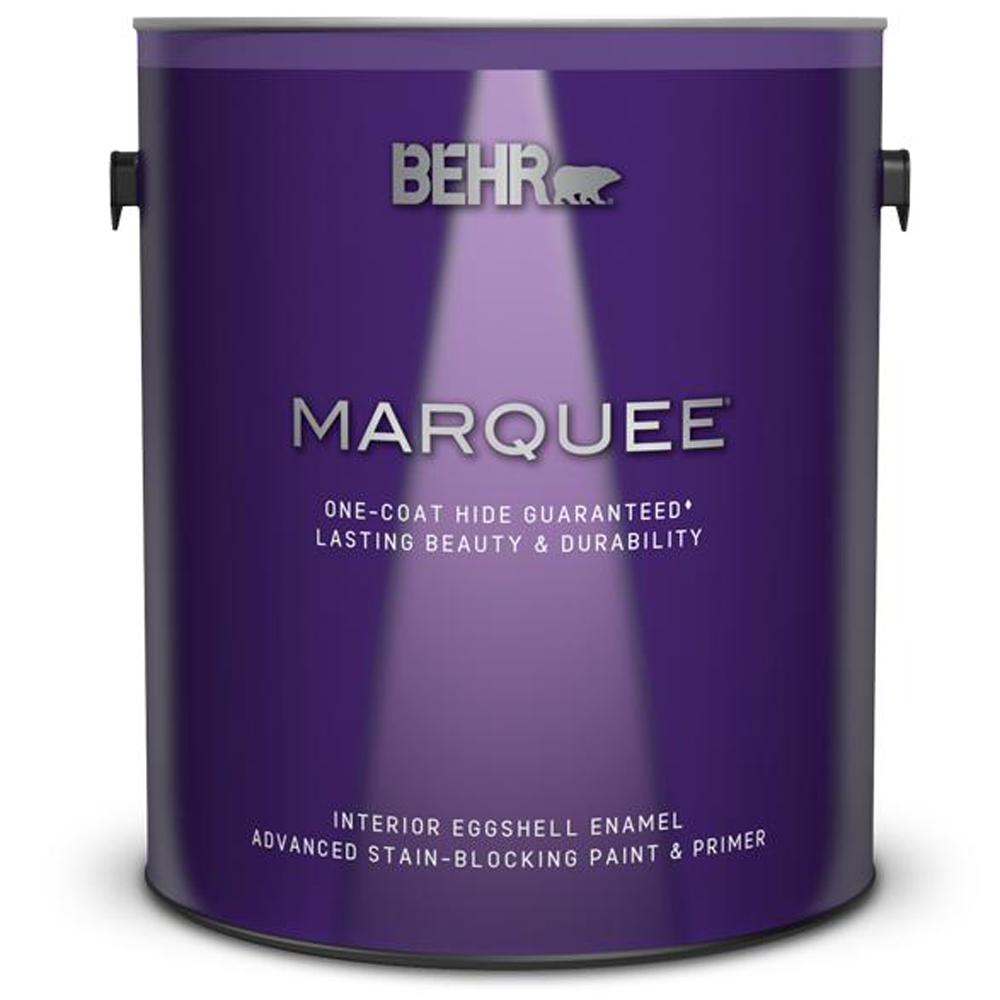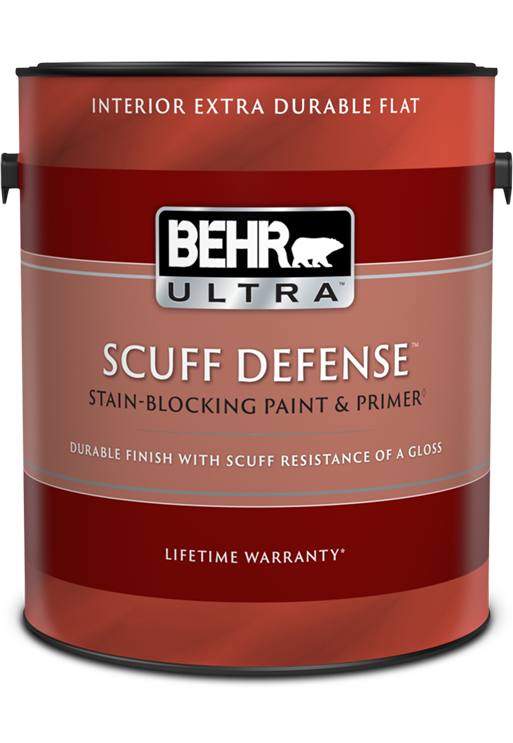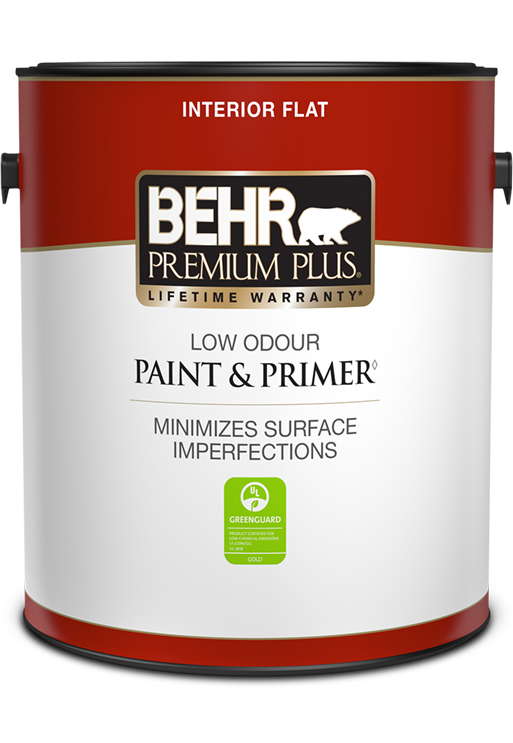Does Behr Marquee Paint Need Primer

Imagine this: You're standing in your living room, paintbrush in hand, gazing at a wall begging for a fresh coat of color. Sunlight streams through the window, highlighting every scuff and imperfection. The color swatch you picked out – a serene coastal blue – promises to transform the space into a tranquil oasis. But then, the nagging question pops into your head: Do I really need to prime?
The central question at hand is whether Behr Marquee, a popular paint lauded for its quality and coverage, truly lives up to its claim of primer-included performance. The answer, while leaning towards convenience, involves understanding various factors like the surface condition and the desired outcome of your painting project.
The Promise of One-Coat Coverage
Behr Marquee is marketed as a premium interior paint designed for exceptional hide and stain-blocking capabilities, often allowing for one-coat coverage. This is a significant draw for homeowners and DIY enthusiasts looking to save time and effort on their painting projects.
Understanding Primer's Role
Traditionally, primer serves several critical functions. It creates a uniform surface for paint adhesion, seals porous materials, blocks stains, and helps to ensure the true color of the topcoat shines through. Skipping primer can sometimes lead to issues like uneven color, poor adhesion, and the reappearance of underlying stains.
However, Behr Marquee is formulated to perform many of these functions, blurring the lines between paint and primer. The paint’s high build and stain-blocking properties are designed to minimize the need for a separate priming step.
When to Prime, and When to Pass
Despite Behr Marquee's impressive qualities, there are instances where priming remains essential. If you're painting over a heavily stained surface, such as one with water damage or crayon marks, a separate stain-blocking primer is highly recommended.
Similarly, when painting over glossy surfaces, priming ensures proper adhesion. Consider using a bonding primer, like Behr Bonding Primer. This specialized product helps the new paint grip onto the slick surface, preventing peeling or chipping.
Painting bare wood or drywall also necessitates priming. New, unpainted surfaces are porous. Primer seals them, preventing excessive paint absorption and ensuring a smooth, even finish.
If you're making a drastic color change, going from a deep red to a pale gray, for example, priming becomes crucial. A tinted primer, matched to the undertones of your new color, can significantly improve coverage and prevent the old color from bleeding through.
What Behr Says
According to Behr's official website, Behr Marquee is often able to achieve full coverage without a separate primer coat, saving time and money. However, Behr also acknowledges that certain situations, such as those mentioned above, might benefit from priming.
They recommend assessing the specific needs of your project before deciding whether to skip the primer. A little research can go a long way in ensuring a successful outcome.
The Verdict: Proceed with Caution, But Optimism
Ultimately, the decision of whether to prime with Behr Marquee depends on your specific project. While the paint's formulation is designed to minimize the need for primer, consider the surface condition, the color change, and any potential stain issues.
If in doubt, err on the side of caution and apply a coat of primer. It's a relatively inexpensive step that can save you time and frustration in the long run, ensuring your freshly painted room looks its absolute best.
So, back to that coastal blue: Take a close look at your walls. Assess the situation. And then, armed with knowledge and a trusty paintbrush, embark on your painting adventure. Happy painting!
